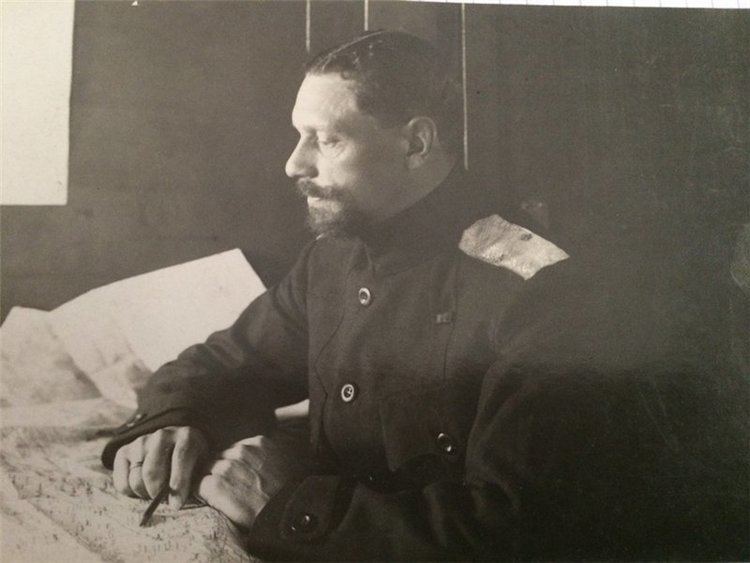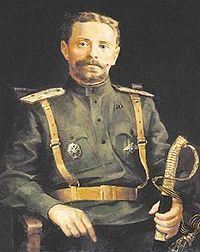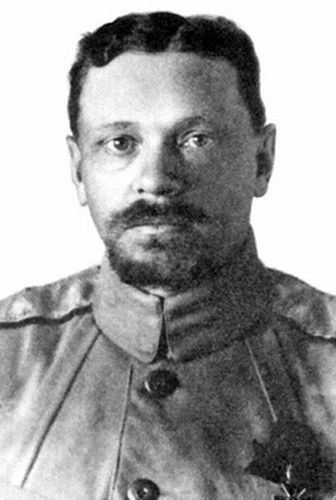Years of service 1903–1920 Rank General officer | Name Vladimir Kappel Allegiance White movement | |
Unit 54th Novomirgorod Dragoon Regiment Commands held People Army of Komuch,1st Volga Corps,2nd Ufa Corps,3rd West Army Awards Order of St. George 3rd class, Order of St. George 4th class, Order of St. Vladimir 4th class, Order of St. Anne 2nd class, Order of St. Anne 3rd class, Order of St. Anne 4th class, Order of St. Stanislaus 2nd class, Order of St. Stanislaus 3rd class Similar People Alexander Kolchak, Anton Denikin, Grigory Semyonov, Nikolai Yudenich, Lavr Kornilov | ||
Vladimir Oskarovich Kappel (Russian: Vladímir Óskarovich Káppel', April 28 [O.S. April 16] 1883—January 26, 1920) was a White Russian military leader.

During the First World War he was a Chief of the 347th Infantry Regiment's Staff and an officer in the 1st Army's Staff. Following the Bolshevik Revolution, Kappel commanded the Komuch White Army group (People Army of Komuch) (1918, June–September) and from December 1919 the Eastern Front of Aleksandr Kolchak.

Kappel was born into a Swedish-Russian family. He graduated from the Saint Petersburg Page Corps and then from the Nikolayevskoye Cavalry School and Nikolayevskaya Academy of the General Staff. Although he was a self-declared monarchist, Kappel said he would fight under any banner against Bolsheviks. Kappel's adherents and allies were known in Russian as kappelevtsy (kappelevtsi). After the execution of Admiral Aleksandr Kolchak in Irkutsk, the kappelevtsy were forced to undertake a winter march toward Chita, known as the "Great Siberian Ice march". General Kappel died of deep frostbite.
Kappel's tomb in Harbin was pulled down after Mao Zedong assumed power in China. On December 19, 2006, the remains of Kappel were transported for reinterment from China to Irkutsk. On January 13, 2007, Vladimir Kappel's remains were interred at Donskoy Monastery in Moscow.
Honours and awards

